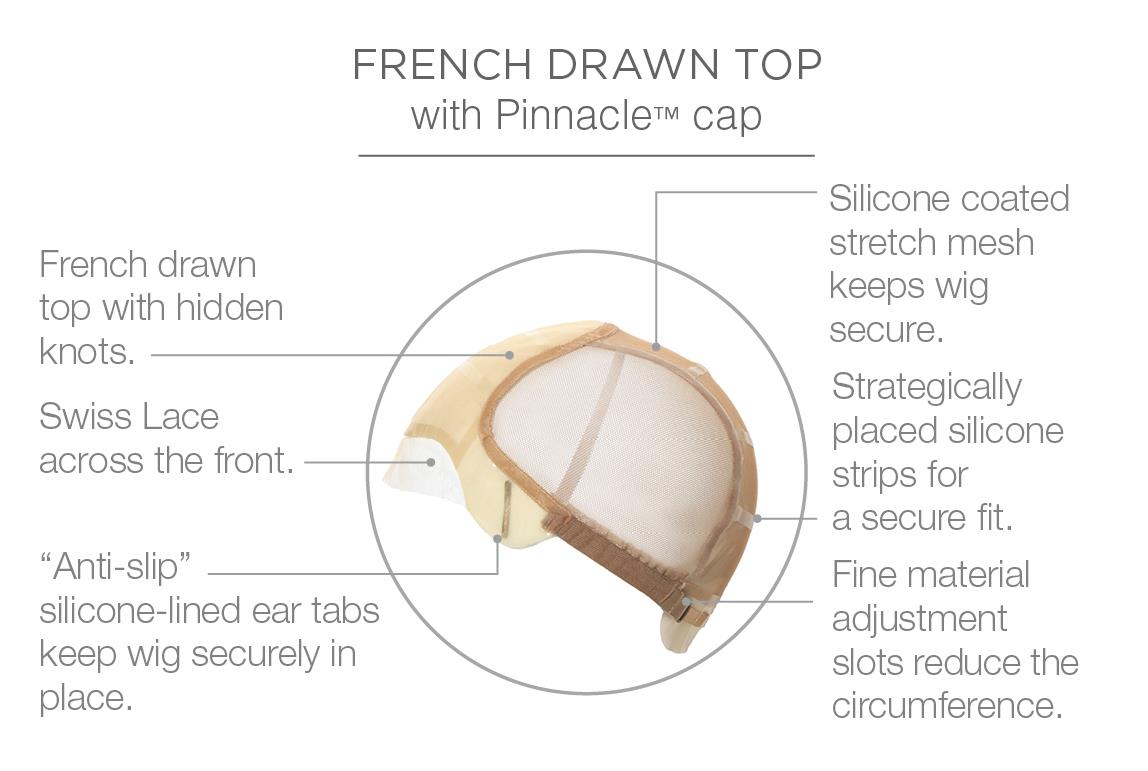Each customer is unique, and our stylists work with your specific condition to recommend the best custom hair solutions. At Susie’s Wigs & Hair Replacement, our hairstylists aim to restore a part of our patrons’ identity by supplying wigs that focus on:
- Comfort
- A natural look
- Custom and secure fit
BEFORE TREATMENT
- Be gentle to your hair. Get in the habit of being kind to your hair. Don’t bleach, color or perm your hair — this can weaken it. Air-dry your hair as much as possible and avoid heating devices such as curling irons and hot rollers. Strengthening your hair now may make it more likely to stay in your head a little longer during treatment.
- Consider cutting your hair. Short hair tends to look fuller than long hair. So as your hair falls out, it won’t be as noticeable if you have short hair. Also, if you have long hair, going short might help you make a better transition to total hair loss.
- Plan for a head covering. Now is the time to start thinking about wigs, scarves or other head coverings. Whether you choose to wear a head covering to conceal your hair loss is up to you. But it’s easier to plan for it now rather than later.
- Ask your doctor to write a prescription for a wig, the cost of which may be covered by your health insurance. Here at Susie’s Wigs we will make you an invoice to submit to your insurance to possibly get reimbursed. If your insurance does not cover the costs of the wig at the time of purchase, ensure that you list it as a medical expense on next year's income taxes.
- Choosing a wig can be difficult and overwhelming with promises of getting the exact look of a pictured model. However, depending on your scalp shape, your skin tone, and the wig's actual color, the look and feel may be completely different from your expectations. Susie's Wigs carries over 320 styles, each in 26+ colors, and provides same-day custom fitting (included with each wig) to prevent this from occurring.
- Please check out our medical grade selection of human hair and synthetic wigs under “Style” or come in-store to see the entire selection of synthetic wigs from $119.99 to $599.99 and human hair wigs from $379.99 to $8,999.99 to fit your budget & needs. Custom alterations & adjustments are available for when the time comes and your hair falls out, with no extra charge to you.
Free Consultation Provided
Walk-Ins and Appointments Welcome
- If you decide against a wig and prefer a turban please check out our selection under “Style“.


